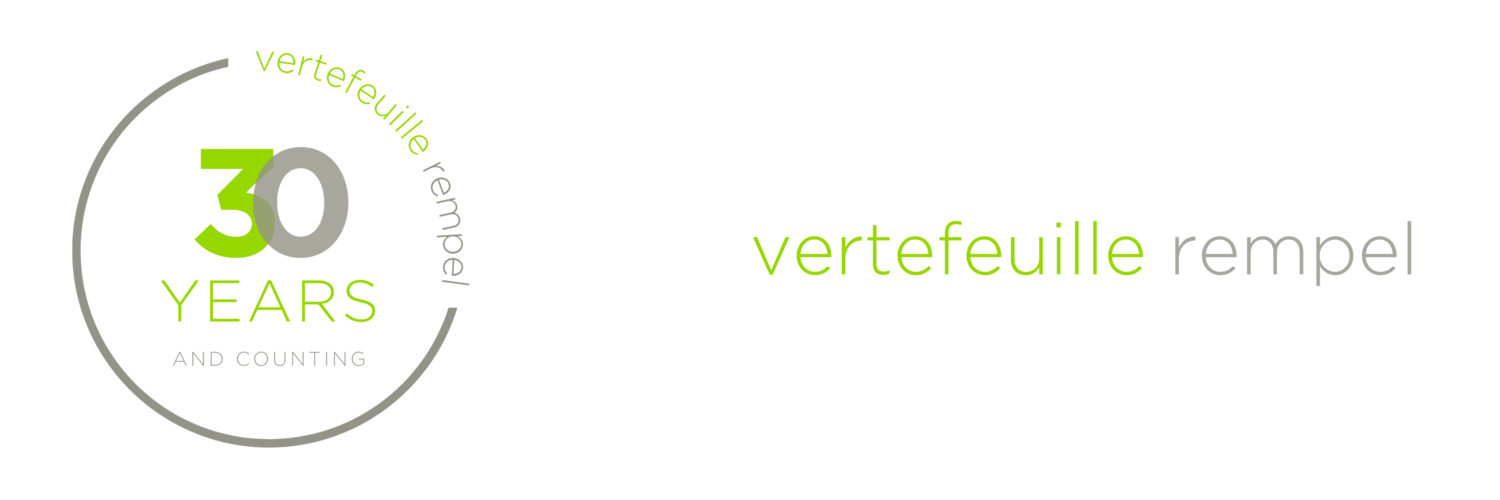What You Need to Know About an ITA Section 85(1) Rollover
Typically, when assets are transferred this is considered a disposition. When assets have a fair market value higher than the cost, this disposition creates a gain. And the gain is a taxable transaction. This can seem especially unfair when you are transferring assets to a corporation you own. This is where a Section 85(1) rollover can help.
What is a Section 85(1) rollover?
A Section 85(1) rollover is a fantastic way of transferring certain assets to an incorporated business while allowing for the deferral of all or part of the tax consequences that normally arise from the transfer of property from a non arm’s length party.
Essentially, a Section 85 is a special election that can be filed with the CRA allowing any taxpayer (a person, corporation or trust) to transfer eligible property to a Canadian-Controlled Private Corporation (CCPC) on a tax deferred basis.
Eligible property can include capital property, Canadian and foreign properties, some types of inventories and some types of real estate.
When would this make sense?
A rollover is often done to transfer assets from an individual to a newly incorporated business or to transfer assets between corporations, but it can be done at any time.
As a general rule, we normally recommend undertaking this election when the fair market value (FMV) of the asset is higher than the cost or undepreciated capital cost (UCC) since this would normally trigger a capital gain or recapture in absence of the election. However, this can change depending on the client’s circumstances and individual tax planning.
How does it work?
The Section 85(1) rollover requires the completion of a T2057 election form as well as a legal agreement.
One of the key steps in the rollover is to choose the “elected” amount. This becomes the transferor’s proceeds of disposition and the transferee’s cost. The elected amount cannot be the lesser of:
· The FMV of the asset,
· The cost; or
· The UCC
Most commonly, the cost of the asset is chosen as the election value which would result in a tax-free rollover. However, depending on a client’s situation we may look at different options.
Do I get anything in return?
In return for transferring the assets, the transferor would need to take back consideration. At a minimum, consideration must include some shares of the receiving corporation. The transferor may also take non-share consideration (cash or note receivable) in addition to the shares. The value of the consideration taken cannot exceed the tax cost of the property or else a capital gain would be triggered.
When is the deadline for a Section 85?
To avoid penalties, this election must be filed at the earlier of the transferor or transferee’s income tax filing deadline for the taxation year in which the transfer is occurring.
Conclusion
This election may not apply to everyone, but if this is something you would be interested in, please give the VR team a call and we would be happy to chat!
